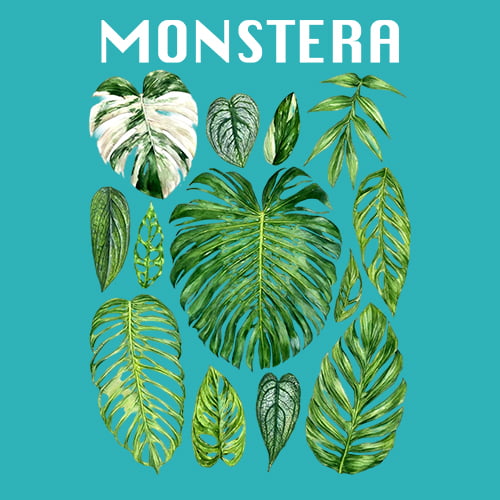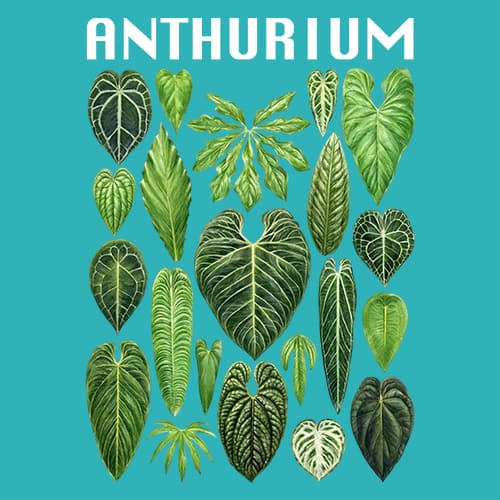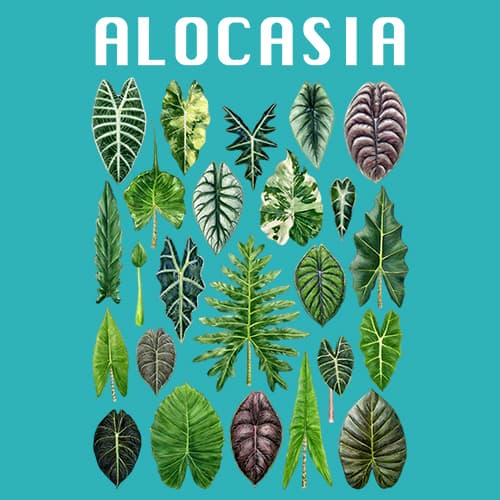Arum varieties, genus of low-growing tuberous perennial plants in the Araceae family, are a fascinating group of plants that have captivated botanists and garden enthusiasts alike for centuries. Known for their distinctive inflorescences and unique foliage, Arum varieties come in a wide range of species, each with its own distinct charm. In this post, we’ll take a closer look at some of the most captivating Arum varieties, shedding light on their characteristics, care requirements, and the allure they bring to gardens and floral arrangements.
Arum Varieties:
1. Arum Cylindraceum
- Appearance: Known for its slender, cylindrical spadix and hood-like spathe.
- Habitat: Typically found in rocky or mountainous regions.
2. Arum Hainesii
- Appearance: Characterized by its elongated and gracefully tapering spadix.
- Habitat: Native to the Himalayan region, where it thrives in alpine environments.
3. Arum Hygrophilum
- Appearance: Commonly known as Water Arum or Streambank Arum. Notable for its white spathe and long, slender spadix.
- Habitat: Prefers moist, tropical environments, often near streams.
4. Arum Idaeum
- Appearance: Features a distinctive pink spathe and dark spadix.
- Habitat: Native to the Mediterranean region, often found in rocky terrain.
5. Arum Italicum
- Appearance: Recognized for its arrow-shaped leaves and white-spotted spathe.
- Cultural Notes: A popular choice in ornamental gardens, especially for its striking foliage.
6. Arum Jacquemontii
- Appearance: Displays a pale yellow spathe and elongated spadix.
- Habitat: Thrives in the alpine regions of Asia, particularly the Himalayas.
7. Arum Korolkowii
- Appearance: Features a yellowish-green spathe and a cylindrical spadix.
- Habitat: Native to Central Asia and can be found in meadows and forests.
8. Arum Lucanum
- Appearance: Known for its dark purple spadix and pale green spathe.
- Habitat: Found in Mediterranean regions and other temperate climates.
9. Arum Maculatum
- Appearance: Famous for its mottled leaves and hood-like spathe.
- Habitat: Thrives in woodlands and shady areas.
10. Arum Megobrebi
- Appearance: Boasts a striking combination of red spathe and yellow spadix.
- Habitat: Endemic to Georgia, where it grows in subalpine and alpine meadows.
11. Arum Nigrum
- Appearance: Named for its dark purple to black spathe and spadix.
- Habitat: Found in various parts of Europe, often in damp woodland areas.
12. Arum Orientale
- Appearance: Known for its vibrant yellow spathe and dark spadix.
- Cultural Significance: Considered a symbol of good luck in some cultures.
13. Arum Palaestinum (Black Calla Lily)
- Appearance: Distinguished by its almost black spathe.
- Cultural Notes: Holds cultural significance in the Middle East.
14. Arum Pictum
- Appearance: Features a variegated spathe with white stripes.
- Cultural Notes: Often used in floral arrangements for its unique appearance.
15. Arum Purpureospathum
- Appearance: Notable for its deep purple spathe.
- Habitat: Native to the Caucasus region and Turkey.
16. Arum Rupicola
- Appearance: Boasts an elongated, green spathe and spadix.
- Habitat: Thrives in rocky habitats and cliffs.
17. Arum Sintenisii
- Appearance: Characterized by its yellowish-green spathe and spadix.
- Habitat: Native to the Canary Islands.
18. Arum × sooi (Arum Cylindraceum × Arum Maculatum)
- Appearance: A hybrid with characteristics of both parent species.
Formerly placed here:
19. Arisaema Triphyllum (syn. Arum Triphyllum)
Also known as Jack-in-the-Pulpit, it features a hood-like spathe and is native to North America.
20. Dracunculus Vulgaris (syn. Arum Dracunculus)
Commonly called Dragon Arum, it has a large, dark spathe and is native to the Mediterranean.
21. Sauromatum Venosum (syn. Arum Cornutum)
Often referred to as Voodoo Lily, it boasts a maroon spathe with white veining and is native to Southeast Asia.
Caring for Arum Varieties:
- Light: Most Arum varieties thrive in partial to full shade, making them excellent choices for shaded gardens.
- Soil: Well-draining soil with organic matter is ideal for Arum plants.
- Water: Keep the soil consistently moist but not waterlogged.
- Propagation: Arum varieties can be propagated through division of bulbs or rhizomes.
Conclusion:
Arum varieties bring a touch of elegance and mystery to gardens and floral arrangements. Whether you’re drawn to the unique foliage of Arum italicum, the dramatic flair of Arum maculatum, or the vibrant beauty of Arum lilies, there’s an Arum variety to suit every taste. As you explore these captivating plants, you’ll discover their rich cultural history and their ability to add a touch of enchantment to any garden or bouquet. So, why not consider adding an Arum variety to your garden and experience the allure of these enigmatic blooms for yourself?




